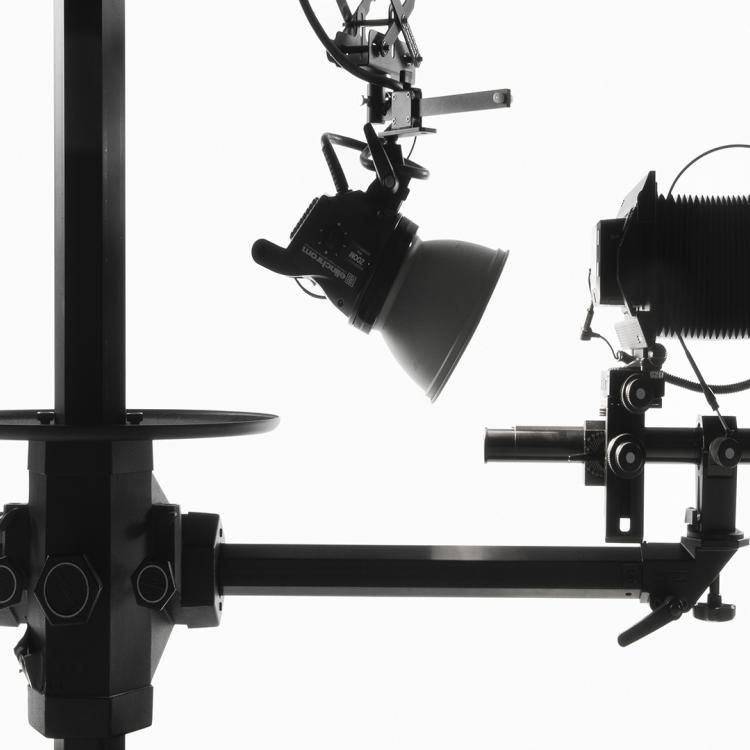Contact us
Email: sales@bmimages.com
Phone: +44 (0)20 3073 4944
Working from a well-equipped central studio, our highly-experienced photography team produces 2D and 3D high-end images.
We photograph objects from the permanent collection as well as archaeology, architecture, landscapes, portraits, time-lapse and scientific images. We also produce images on location in support of our exhibitions and events programme both at home and abroad.
We're willing to answer any queries you may have. Please contact: sales@bmimages.com.
Photography timeline
1843
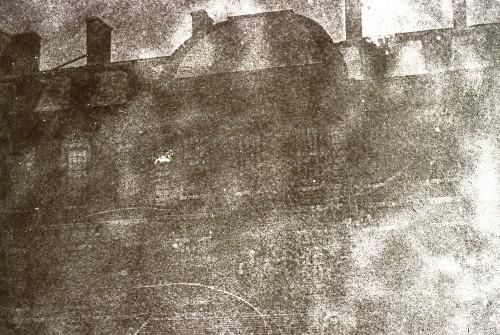
1853

1907
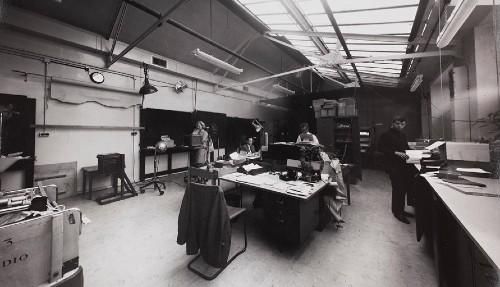
1927
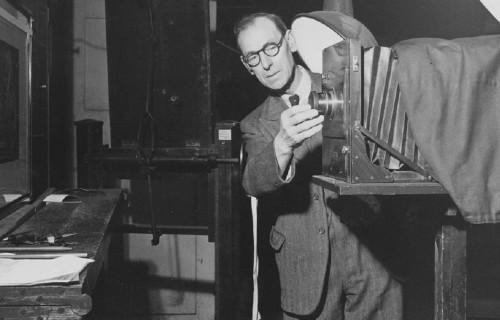
1947

1964
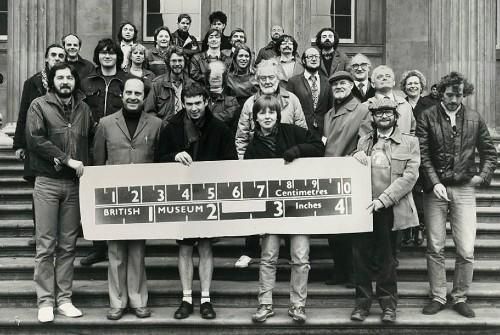
1978

1985
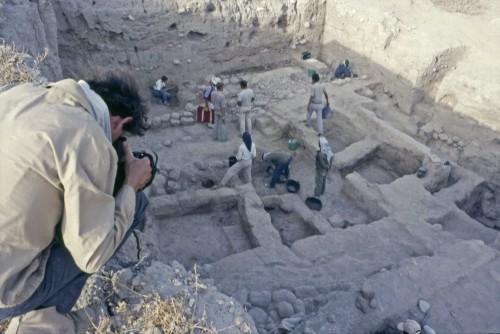
2004

2014


